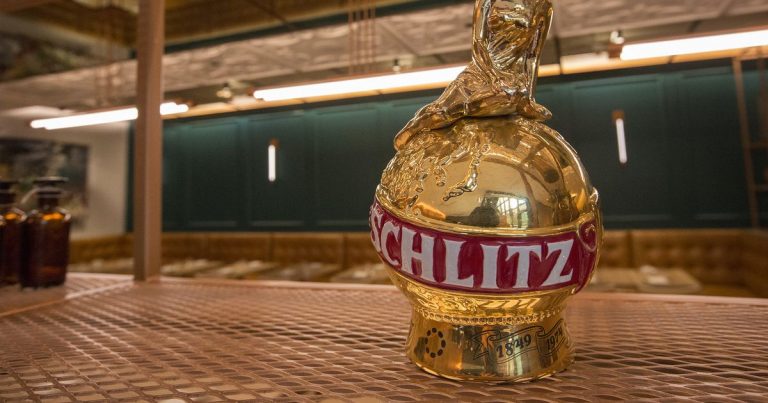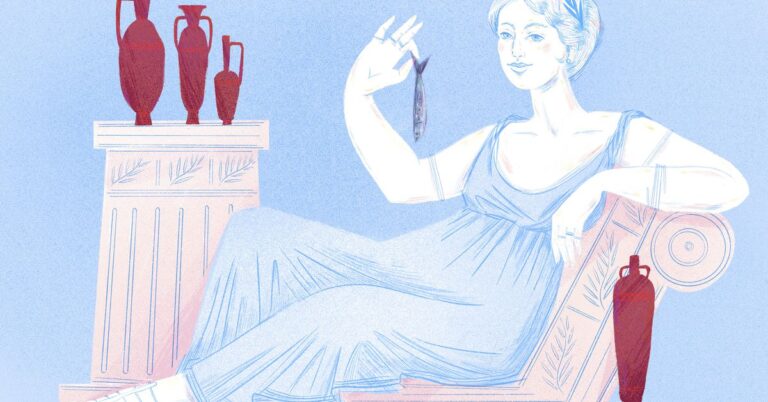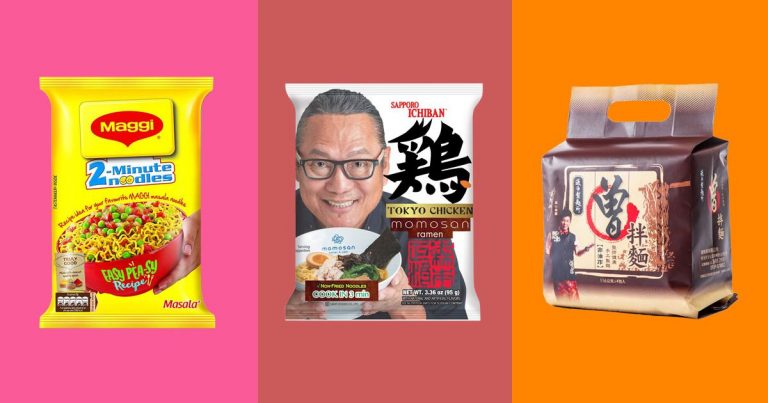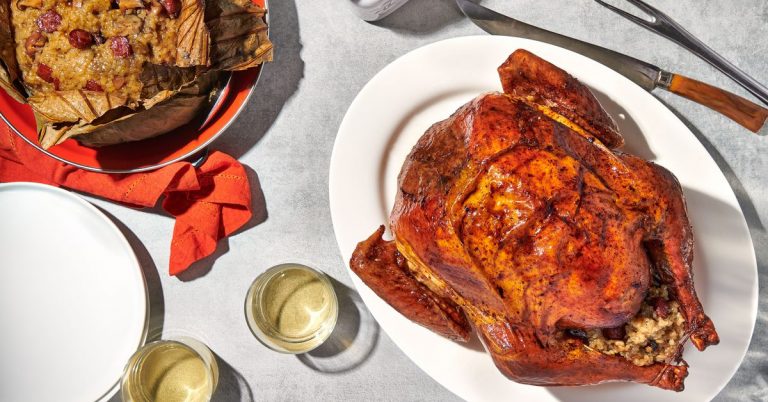How Did Halloween Become All About Costumes and Candy?
Despite its early ties to the Celtic celebration Samhain (pronounced “sow-wen”), Halloween is a uniquely American holiday. It’s only in the U.S. that we collectively mark October 31 by dressing in costume and sending our children door-to-door to ask the neighbors for candy, and even that is a relatively new tradition.
On this week’s Gastropod, Nicola Twilley and Cynthia Graber team up with historians Joanne Freeman and Heather Cox Richardson, the cohosts of Now & Then, also on the Vox Media Podcast Network. Together, they look back at how Halloween became so big in the United States and, on a sweet note, how it became synonymous with fun-size chocolate bars.
Richardson, a specialist in American history post 1800 and a professor at Boston College, describes Halloween as “something to do with marriage, and capitalism, and candy, and Christian angst.” So yeah, about as American as it gets! It emerged as a holiday in the U.S. in the mid 1800s with the influx of immigrants from Ireland and the United Kingdom, where Samhain had — centuries prior — been appropriated by Christians and replaced with All Saint’s Day, also known as All Hallows Day, celebrated on November 1. The day before became All Hallows Eve, or — as we now know it — Halloween.
A little witchiness was involved from the jump as 19th-century young women marked the day with rituals to predict their romantic futures. “[They’d] eat special foods with the idea that it would give them visions of their future husbands,” Richardson explains. “They would peel apples and throw the apple peels over their shoulders to hope that it would fall into the pattern of their future husbands initials.”
Halloween also became a time for reckless pranks, which was really more like rioting. So by the 1920s and ’30s, in order to calm crowds, organizations like the YMCA — led by the efforts of a Kansan named Elizabeth Krebs — began putting on supervised parties, parades, and costume contests. This also coincided with sugar becoming more affordable and so candy and Halloween became intertwined, a perfect moment of fate.
Well, in actuality, there was also a big motive for candy companies to glom on to a holiday with less obvious and enduring religious themes. American families, regardless of faith, were celebrating Halloween and, because of that, buying candy. Ca-ching! Candy companies were raking it in.
Listen to the full episode to learn more about the timeline of Halloween candy, leading up to the ’70s and ’80s panic over razor blades hidden in apples, the introduction of fun-sized candy bars (a response to the faltering economy!), and Halloween’s greatest, ongoing debate: Candy corn, disgusting scourge or delicious seasonal treat?






